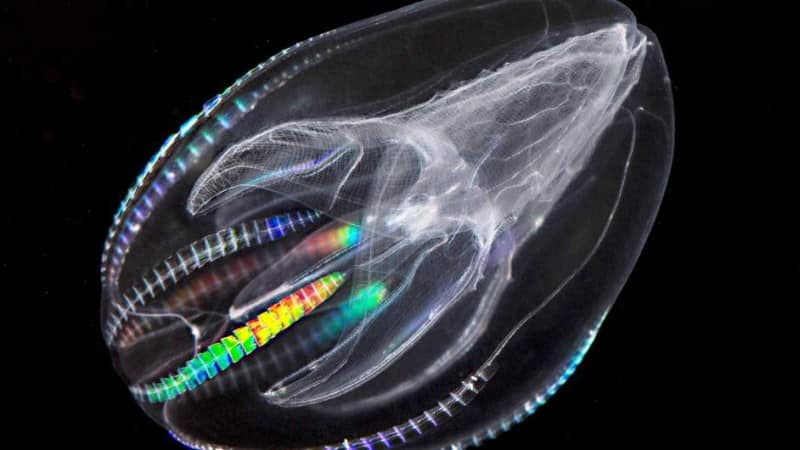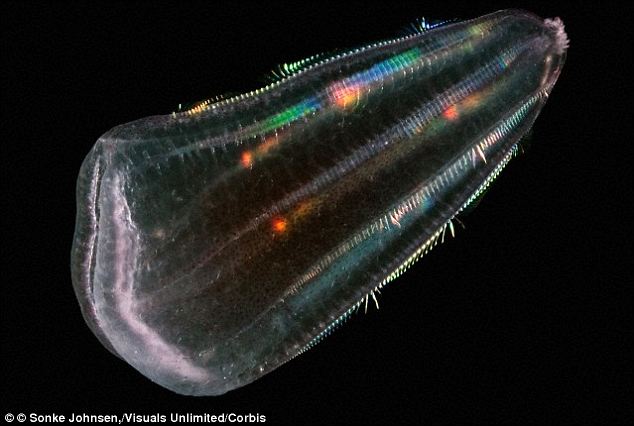All Jellyfish are considered Jellies, but not all Jellies are Jellyfish. Jellies are simple creatures with few specialized organs and most Jellies can detect chemical traces in the water that allow them to locate food, and many are equipped with a gravity-sensitive structure that gives them a sense of up and down in the water. However, Ctenophora, widely known as Comb Jellies, are a beautiful, oval-shaped animal with eight rows of tiny comb-like plates which they beat to move themselves through the water. Interestingly, scientists believe that Comb Jellies might have been the ancestor of all animals on Earth.

Comb Jelly is a gelatinous sea creature similar to Jellyfish. Scientists from the University of Miami and the National Human Genome Research Institute (NHGRI) in Maryland, wanted to create the full genome sequence of a Comb Jelly to fill in some of the gaps in knowledge about the creature. Therefore, they analysed Mnemiopsis leidyi (also called Sea Walnut), one type of Comb Jelly, which is found in the Atlantic Ocean. When they mapped the genome and ran it through a computer program, they discovered a very surprising thing.
Researchers found, this creature had the same DNA which is related to all other animal species in the world. In other words, it seems like the creature shared its DNA with all other animals.
Dr. Andy Baxevanis from NHGRI’s Division of Intramural Research said, “Having genomic data from the ctenophores is crucial from a comparative genomics perspective, since it allows us to determine what physical and structural features were present in animals early on. These data also provide us an invaluable window for determining the order of events that led to the incredible diversity that we see in the animal kingdom.”
Based on the finding, researchers have mentioned that Comb Jelly may be ‘the earliest branch of the animal tree and the sister lineage to that of all other animals’. The researchers study has been published in the journal, Science. Here’s a video of Sea Walnut.
Source: Daily Mail
[ttjad keyword=”camcorders”]



